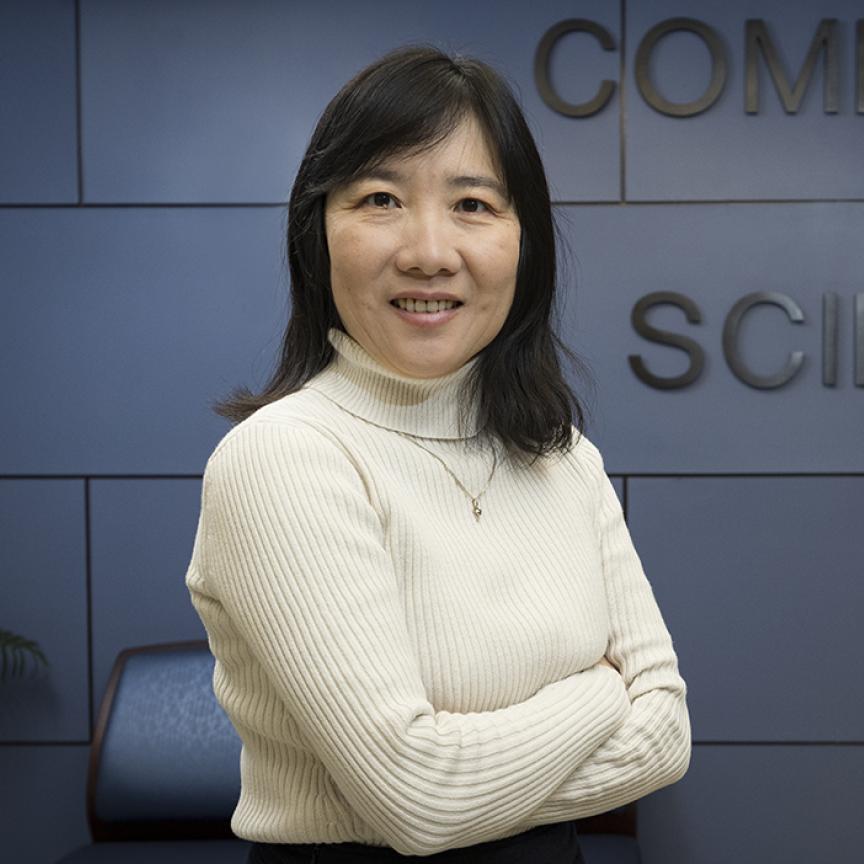The US Department of Energy’s Oak Ridge National Laboratory (ORNL) has unveiled Summit as the world’s most powerful supercomputer.
Secretary of Energy Rick Perry attended the debut to meet with the ORNL team and see first-hand this monumental supercomputer.
With a peak performance of 200,000 trillion calculations per second—or 200 petaflops, Summit will be eight times more powerful than America’s current top-ranked system, Titan, which is also housed at ORNL.
For certain scientific applications, Summit will also be capable of more than three billion-billion mixed precision calculations per second. Summit will provide unprecedented computing power for research in energy, advanced materials, and artificial intelligence (AI), among other domains. Summit will enable scientific discoveries that were previously impractical or impossible.
‘Today’s launch of the Summit supercomputer demonstrates the strength of American leadership in scientific innovation and technology development. It’s going to have a profound impact in energy research, scientific discovery, economic competitiveness, and national security,’ said Secretary Perry. ‘I am truly excited by the potential of Summit, as it moves the nation one step closer to the goal of delivering an exascale supercomputing system by 2021. Summit will empower scientists to address a wide range of new challenges, accelerate discovery, spur innovation, and above all, benefit the American people.’
Ian Buck vice president of NVIDIA's accelerated computing business unit comments: ‘Built for the US Department of Energy, this is a machine designed to tackle the grand challenges of our time. It will accelerate the work of the world’s best scientists in high-energy physics, materials discovery, healthcare, and more, with the ability to crank 200 petaflops of computing power to high precision scientific simulations.’
‘Summit takes GPU accelerated computing to the next level, with more computing power, more memory, an enormous high-performance file system, and fast data paths to tie it all together,” said James Hack, director of ORNL’s National Center for Computational Sciences. “That means researchers will be able to explore more complex phenomena at higher levels of fidelity in less time than with previous generations of supercomputer systems.’
‘The team at Oak Ridge was the first in the nation to realise – almost a decade ago – that a new kind of computing was needed. The old paradigm of piling one transistor on top of another wouldn’t deliver the efficiency they needed. They took a risk and built Titan in 2012, the world’s fastest supercomputer, with one GPU in every node. That courage paid off. Now over 550 HPC applications are accelerated with GPUs, and all of the 15 most widely used ones. Their work reshaped supercomputing’ added Buck
In addition to scientific modelling and simulation, Summit offers new opportunities for the integration of AI and scientific discovery, enabling researchers to apply techniques like machine learning and deep learning to problems in human health, high-energy physics, materials discovery and other areas. These opportunities that Summit will bring align with the White House Artificial Intelligence for America initiative announced last month.
‘From its genesis 75 years ago, ORNL has a history and culture of solving large and difficult problems with national scope and impact,’ said ORNL Director Thomas Zacharia. ‘ORNL scientists were among the scientific teams that achieved the first gigaflops calculations in 1988, the first teraflops calculations in 1998, the first petaflops calculations in 2008, and now the first exaops calculations in 2018. The pioneering research of ORNL scientists and engineers has played a pivotal role in our nation’s history and continues to shape our future. We look forward to welcoming the scientific user community to Summit as we pursue another 75 years of leadership in science.’
Summit will be open to select projects this year while ORNL and IBM work through the acceptance process for the machine. In 2019, the bulk of access to the IBM system will go to research teams selected through DOE’s Innovative and Novel Computational Impact on Theory and Experiment (INCITE) program.

